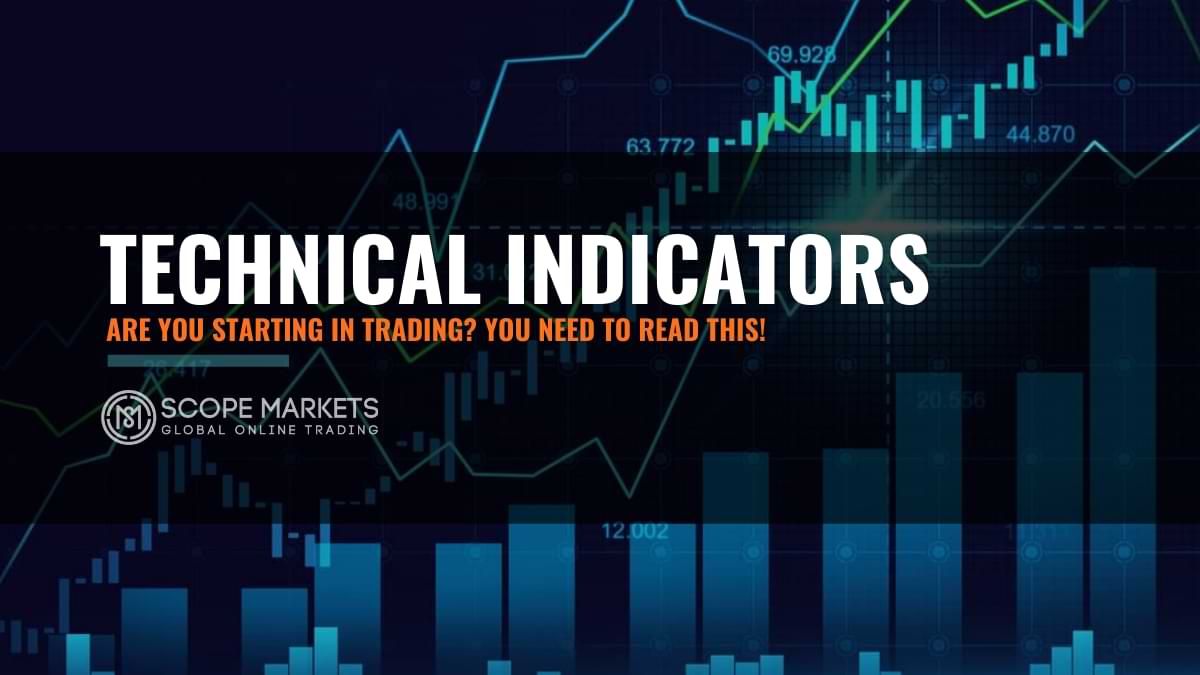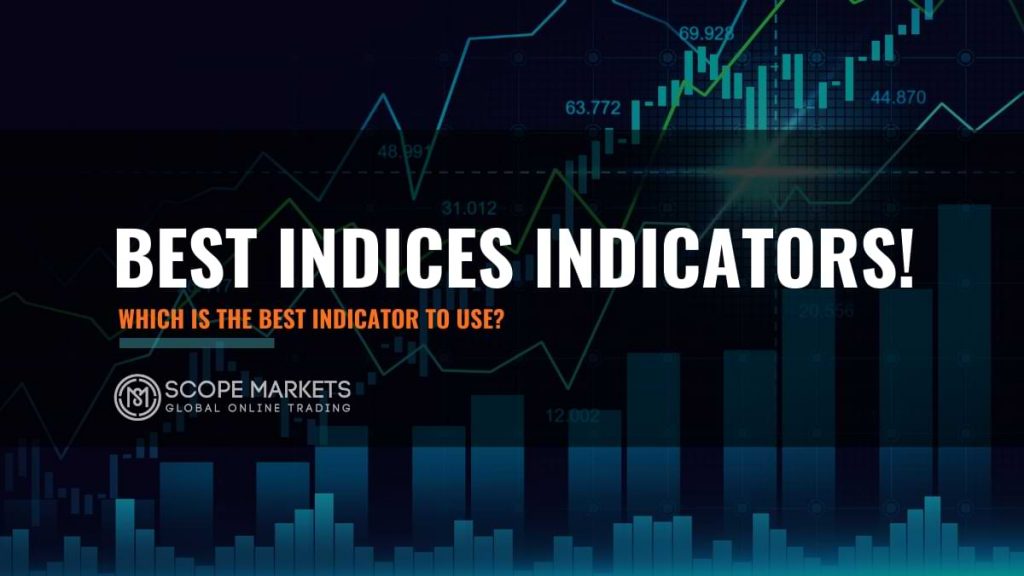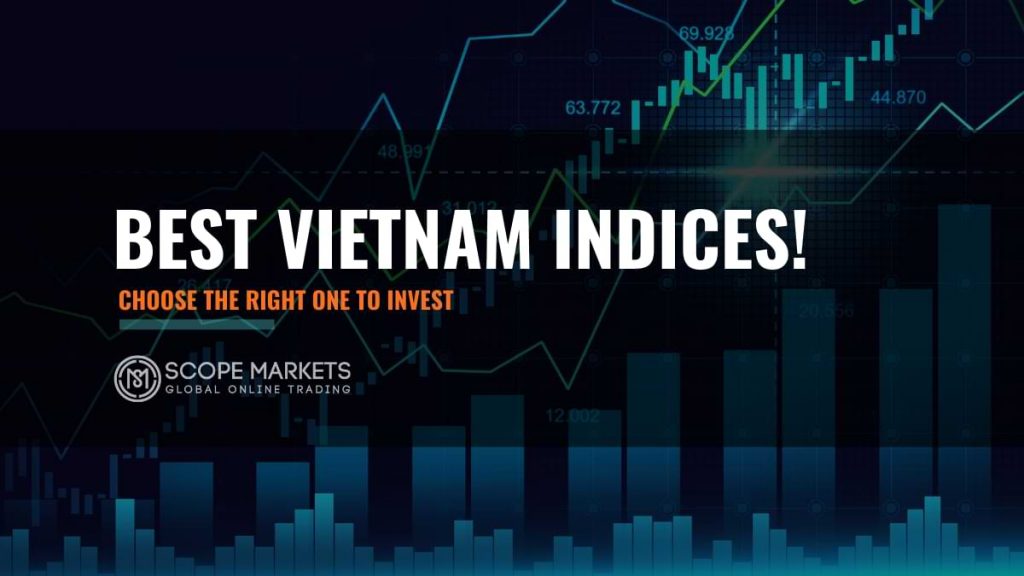
Overview
Technical analysis is a fundamental skill that a technical trader should possess to assess the price of stocks in the stock market and estimate the future trajectory. Despite having a basis on historical data, the fundamental analysis of price movements tends to be a dynamic process. That is why the area is extensively studied.
A technical indicator ideally complements fundamental analysis. However, it is important to note that fundamental analysis focuses on a firm’s financial position and the current economic environment.
On the other hand, a technical indicator foresees the extensive use in forex markets and equity. Therefore, they are a crucial part of studying past price movements and emulating the future.
We understand that there is always an increase in the complexity of new indicators. It can be pretty challenging for beginner traders to learn how to trade in technical trading. That is why we put together this guide to help beginners learn how to trade in technical trading and understand the ins and outs.
What are Technical Indicators?
In essence, a technical indicator is a mathematical methodology that helps traders understand asset price action. The inputs used to understand price action include volume, historical price, or open interest when discussing derivatives.
A technical indicator is plotted on a chart to enable traders to read and analyze the chart pattern to estimate future price movements and market trends. It is important to note that a trader has the power to tailor most of the technical indicators to suit their personal profitable trading needs.
Although these technical indicators are pivotal in identifying the market trend, you may have to test them first. This is important in assessing their capabilities and the best way to do this is by backtesting. Backtesting involves comparing the actual results to the predictions of an indicator. If these results are in tandem, the technical indicator is then considered as effective. Therefore, it can be instrumental in making investment decisions.



Types of Technical Indicators
There are many different ways a day trader can categorize technical indicators. You can choose to classify them in terms of price tracking or using any other metrics. However, these are the general classifications:
1. Trend indicators
These tools are instrumental in figuring out whether an asset’s price follows a particular trend. Therefore, it is ideal for helping traders figure out of the buy signal or sell profitable trading signal is strong or a possibility of a price reversal. The most popular trend of technical is Moving-Average.
2. Momentum Trading Indicators
Essentially, these trading strategies are advanced forms of trending indicators. Thy helps in quantifying how strong a technical indicator is in stock-trading. Therefore, they are ideal in determining whether an asset is oversold or overbought. The most common ones are the Moving-Average Convergence/Divergence, otherwise known as a MACD indicator, and the Relative Strength Index (RSI).
3. Volume indicators
They help in deciphering the volume of trades and just how much traders buy and sell assets. A stock trader can choose to complement these tools with trend trading indicators. This is because they are vital in substantiating the results obtained from other indicators. The best example is the Volume Oscillator.
4. Volatility indicators
Volatility is how much the price of a commodity or asset moves from its average. Therefore, higher volatility is an indication of frequent fluctuation, but you can still hope for it to settle in the days to come. One such example is the Bollinger band.
Best and Commonly Used Technical Indicators
Since there is a pool of technical indicators that an option trader can use, only a few of them are preferred in stock-trading.
1. Moving-Average
This is a trend trading technology widely used by many option traders in commodity and currency trading. The technical indicator plots the share price, together with the average price over a given period of time. Although the average price can be plotted only for a few days, you have the option of reducing the period of time to just minutes (short term trading).

When analyzing a chart analysis and realize that the price line has crossed the moving average line, it indicates a trend reversal or otherwise known as a crossover. As an options trader, you can choose to tailor the timeframe depending on whether you want long-term or short term trading.
Furthermore, this technical indicator is also vital in determining support and resistance. When there is an uptrend, a 200-day MA, 100-day MA, or 50-day MA can be used to decipher the support level. It is also possible to make similar observations in terms of resistance levels when there is a downtrend.
An Exponential Moving Average indicator is just an advanced version of the moving average; thus, it focuses more on the recent price actions. Hence, it is important in accounting for the most recent price movements; thus, it reduces the lag mostly observed in Simple Moving Average.
2. Bollinger Bands
The technical volatility-indicator encompasses volatility and Simple Moving Average as inputs. The lines on the chart patterns that make up the band are:
Upper Bollinger Line.
Lower Bollinger Line.
n-period Simple Moving Average Line
The upper line is indicative of two standard deviations just above the simple moving average. On the other hand, the lower the line, vice versa. Therefore:
Upper Bollinger line equal to the number of standard deviations*volatility plus the simple moving average.
The Lower Bollinger line is equal to the number of standard deviations*volatility subtracted from the simple moving average.
When the line moves closer, it shows a volatility reduction. Therefore, when the price is closer to the lower Bollinger bands line, it could be a trade signal of an oversold situation, thus trading signals for traders to buy. That is why experienced traders suggest analyzing trends as you study the Bollinger band chart patterns.
3. Volume Oscillator
The technical indicator comes when in times of consolidation, reflecting relatively flat prices. During this time, price technicals may not depict the actual picture. Furthermore, there may not be heavy volume to act as a backup during price fluctuation; thus, volume technical indicators will be sued to give the result’s credit.
Essentially, the volume oscillator is equal to the difference between short-term simple average and long-term simple average divided by the simple average of the volume traded over a longer period, then multiplying the result with 100.
4. Relative Strength Index (RSI)
The technical indicator is a common momentum trading tool that ranges from 1 to 100. If it indicates a value of more than 70, it is indicative of an overbought situation, which might call for selling in the future. On the other hand, values below 30 indicate oversold situations and might suggest a price increase in the future. Therefore, the formula is:
RSI = 100 – 100/(1=RSI)
The RS represents relative strength, which is the uptrend’s measure and divided by the downtrend average returns. Therefore, in a 15-da RSI, if there are gains in 10 days with 0.5% average gain, followed by 5 days of losses with 0.25% average loss, then the RS is 2. This means, then, that the RSI is 67%.
Unlike when plotting MA, RSI values are plotted in different sections since they use a different scale. It is also possible to reduce the timeframe from days to seconds to experience more dynamic trading.
5. Stochastic Indicator
The stochastics oscillator technical indicator compares the real price of a security to other prices for a given period of time. The interpretation is quite similar to RSI. You need to analyze the oversold and overbought levels in Stochastic to help you determine whether you need to buy or sell your security.
6. Fibonacci technical indicator
The technical indicator is not as prevalent as other technicals mentioned earlier, but it is still very effective for day traders. It is based on a sequence of numbers; 1,1,2,3,5,8,13,21,34,55 and so on. The succeeding number in the sequence is the sum of the two preceding numbers.
Dividing two consecutive numbers in the Fibonacci sequence, the result is 0.618, referred to as the Golden Ratio. This is what is used as Fibonacci retracement to determine the retracement levels in a trending market.
You don’t need to focus much on the precise levels when trading Fibonacci retracement levels. It would be best if you thought of these levels as zones. This means that it is highly probable for prices to retrace and continue moving in the same direction of the trend
In a Nutshell
Other technical indicators like the MACD technical indicator and Ichimoku Cloud technical indicator, and the average directional index (ADX) may be challenging for beginners to comprehend. Therefore, it vital to first grasp the trading tips for the basic ones. Once you learn these profitable basic trading tips, you can expand your reach to a more technical indicator like ADX or MACD indicator to become more profitable.
However, beginners should keep in mind that even long-term traders who rely on fundamental analysis also use technical analysis to measure the market sentiment to perform trades. Therefore, it is important always to exercise judgment while using them and avoid overreliance on a single indicator.
Enjoyed reading this how to trade market sentiment post? Feel free to your opinion and feedback down below or share it with your friends and colleagues.
Share this article:






